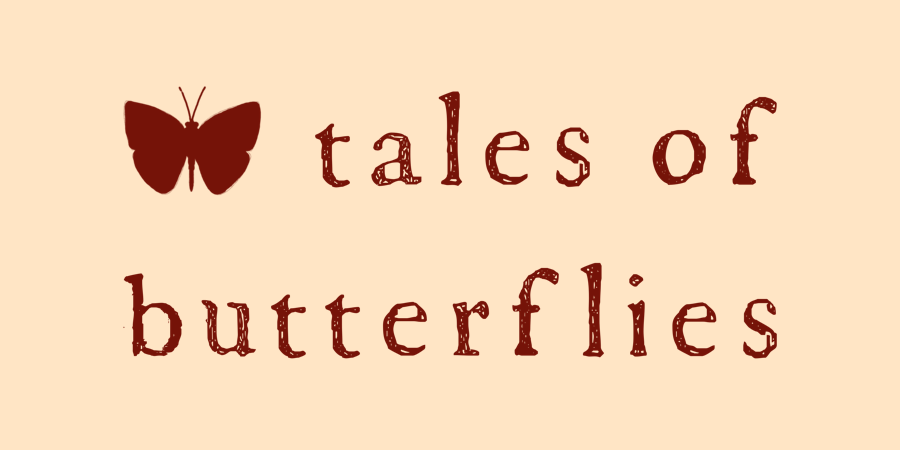
Crochet Embroidered Sampler: How To Embroider On Crochet Part 3 – Wagon Wheel Roses
Hooray, it’s time for Part 3 of the Crochet Embroidered Sampler series! In the last post we embroidered our backstitch vines, chain stitch leaves, and French knot buds. But today, it’s time for our second section – wagon wheel roses, sometimes also called spider web roses.
Crochet Embroidered Sampler: Wagon Wheel/Spider Web Roses:
As mentioned in the previous post – In the same way that you could use a variety of yarn sizes to make the crocheted base, you can also experiment with the type of thread or yarn you use to make the embroidery. For the sampler version here I just used DMC embroidery thread, but you could easily use scrap yarn or crochet thread as well. The size of yarn or thread used will effect the thickness of your embroidery stitches.
We will be working into the moss stitch/lemon peel stitch section of the crocheted sampler (the bottom section).
A note on embroidery hoops:
For the most part, I don’t use them. When using an embroidery hoop for traditional embroidery on regular fabric, a hoop helps pull the fabric taught to make working embroidery stitches into it easier. When embroidering on crocheted fabric, we don’t want to pull the fabric taught as it can make the embroidery stitches wonky when released from the hoop. I typically do my crochet embroidery at a table/flat surface so that I can keep the crocheted fabric generally flat while lifting only the section I’m working on using my hands. If I do use a hoop, I don’t stretch the crocheted fabric with it, but simply use it to keep a wide surface area of the fabric flat.
Supplies Needed:
embroidery thread (or yarn as mentioned above)
large embroidery needle or darning needle if using thicker yarn
small embroidery snips or scissors
How To Make a Wagon Wheel Rose:
Before we begin, we need to secure our thread on the back of the sampler. Make sure when securing thread that you only work into the back of the crocheted fabric, and not through to the front.
We’ll be working into the double crochet section of the crocheted sampler base. First, mark where the center of each wagon wheel rose will be. Using a ruler to help measure, place one rose in the center, and the other two each about 1 inch from either side. You can mark the placement with stitch markers, yarn scraps, safety pins, etc.
Take care not to pull woven stitches too tight while making each rose. Each stitch should be pulled to lay just next to the stitch of the previous go-around. To help keep stitches even and flat, place pointer finger of hand not being used to pull thread through gently on top of rose, as shown above.
Adding French Knots to Flower Centers:
1 – 3 French knots can be added to the center of each wagon wheel rose. I join and fasten off for each rose, not carrying the the thread between each rose.
A note on helping keep French knots from getting pulled to the back of the fabric: When I get to the point where I have just barely brought the point of the needle back down in the center of the French knot to where it’s just poking out on the backside of the fabric, I use the pointer and middle finger of my hand that’s not pulling the needle through to give extra support to the crocheted fabric by placing one on each side of the needle on the back, against the crocheted fabric. I do this even if I’m using an embroidery hoop to hold the fabric (see note at beginning of post.)
Also, pay attention to your French knot as you pull thread through to the back, going slowly, so you don’t accidentally pull it too far into the crocheted fabric. You want it to sit on top of the fabric, not be pulled into it.
And that’s it! The second embroidered sampler section is finished! In Part 4 we’ll make skeleton leaves using fly stitch in the shell stitch section of our sampler! If you have any questions, leave them in the comments or shoot me an email to minwaters23@yahoo.com. Links to all posts in the series will be added here as they are uploaded.
Part 1: Crocheting The Sampler Base
Part 2: Backstitch & Chain Stitch Vine & Leaves
Part 3: Wagon Wheel Roses
Part 4: Fly Stitch Skeleton Leaves
Part 5: Lazy Daisies
Part 6: Finishing Touches
This post contains a few affiliate links. Find out more about that here.












